Do Cats Like or Hate Collars? (Let's Not Kid Ourselves...)
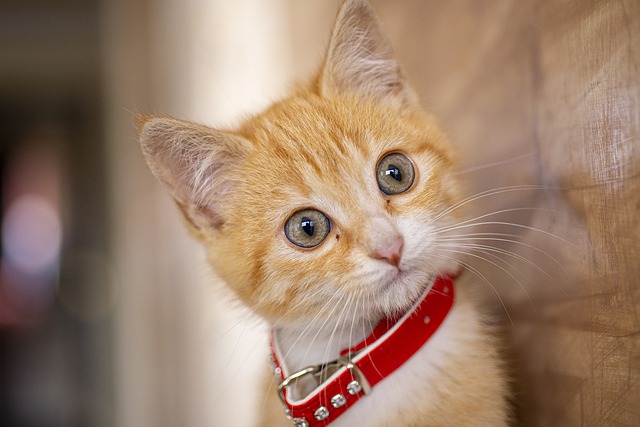
Picture this:
You're a cat owner, wanting to show off your furry friend with a stylish collar. 😺
But wait, is your beloved feline secretly harboring a deep hatred for collars?
Let's delve into the cat psyche and uncover the truth.
Keep reading.
Do Some Cats Like Collars?
While some cats find comfort and security in wearing collars, others may feel stressed by the jingling bells. Veterinarians' opinions on collars vary, but a study revealed that many cats tolerate them better than expected. Collars also help identify cats without distinctive features.
Cats and collars, huh?
This can be hit or miss, my friend.
Some cats absolutely adore wearing collars. Yes, it's true. The snug fit provides them with a sense of safety and comfort, much like a warm embrace. It serves as their security blanket.
However, not every feline shares the same level of enthusiasm.
For certain kitties, the bells on collars might actually stress them out.
Imagine constantly hearing that jingling sound whenever you move.
It's far from peaceful, isn't it?
Now here's an interesting fact:
Veterinarians and vet nurses have differing opinions on this matter.
Some believe that collars are essential, while others view them as unnecessary.
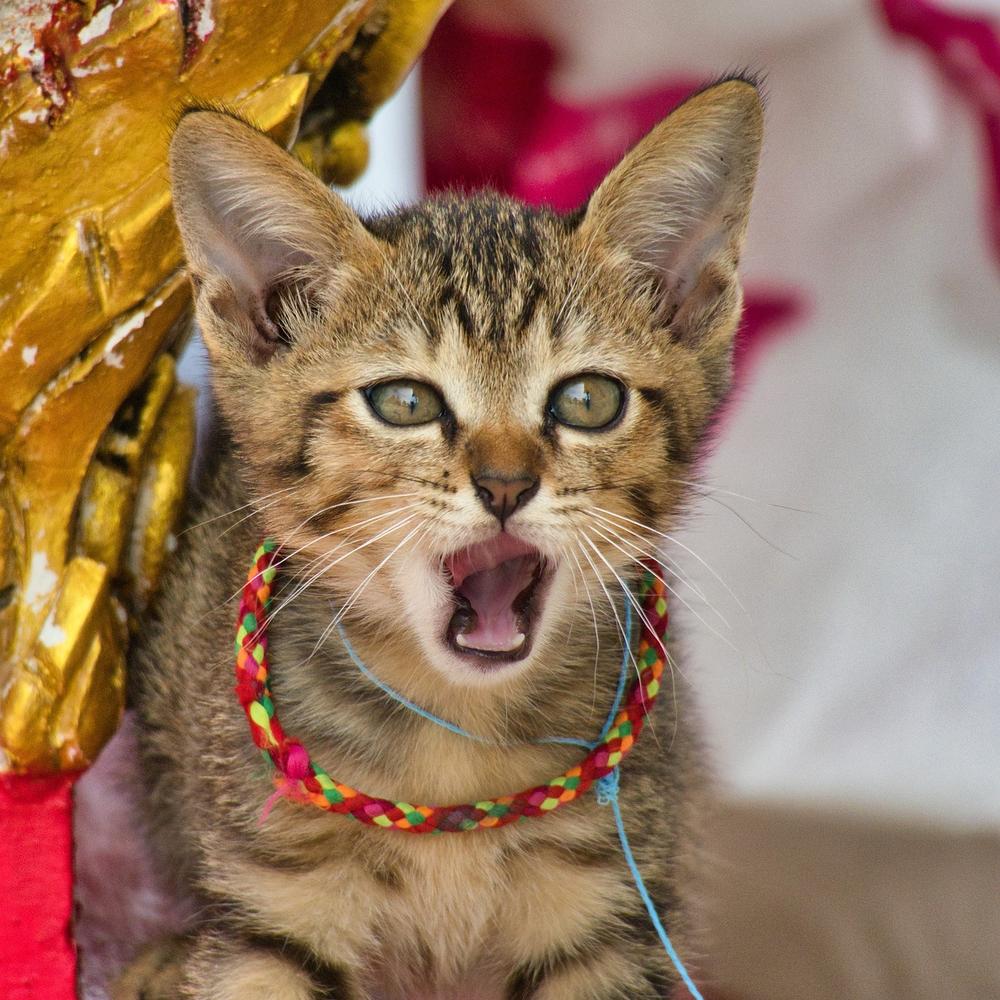
So who's right?
Well, let me reveal the truth to you...
A study discovered that many cats tolerate collars better than anticipated.
There you have it!
Do you know what else collars are useful for?
Identifying your furry companion, especially if they lack distinctive features.
Imagine attempting to differentiate one black cat from another without that little tag hanging from their neck.
It poses quite the challenge, I must say. In conclusion, it ultimately depends on your individual kitty.
Give it a try, but always remain vigilant for any signs of discomfort.
And hey, if your pal appears content wearing that collar, more power to them!
Main points I'll expand upon further down this article:
- Indoor cats should still wear collars for identification in case they escape.
- Remove the collar bell if a cat is afraid of the sound.
- Signs of a cat hating a collar include shaking their head, scratching at it, and trying to remove it.
- Microchipping is recommended as the best chance of being reunited with a lost cat.
- Lost indoor cats without collars are more likely to wander further away and be harder to find.
- Leaving a cat without a collar is generally safer and more pleasant for them.
- Some flea collar chemicals can be harsh, leading to hair loss and irritated skin.
- Training a cat to accept wearing a collar can be achieved with time and patience.
- Properly fitted collars with room for two fingers between the neck and collar can aid in adjustment.
- When choosing a collar for your cat, consider safety, fit, comfort, and materials.
But what about cats who don't enjoy wearing collars?
Let's dive into their experiences and find out why!
Reasons Why Cats Dislike Collars
Cats don't like collars for a bunch of reasons, so here they are:
- Collars feel tight and constrictive on their necks.
- If the collar doesn't fit right, it can be super uncomfortable.
- Some cats get scared by the jingling sound of the bell attached to the collar.
- Cats with sensitive ears find that bell annoying as hell.
- A lot of cats just love chewing or yanking off their collars, especially if there's a pesky bell involved.
- Nervous kitties can't stand the thought of that irritating bell making their anxiety worse.
- Even for less anxious cats, the bell on the collar can cause some serious discomfort.
- It's really important to microchip your cat if they wander off, it helps bring them back home.
- If you see your cat shaking its head like crazy or scratching around the collar, it's a major sign they're not digging it.
- Trying to remove the collar altogether is another giveaway that your cat wants nothing to do with it.
- Indoor cats without collars might venture farther away and become a real pain to find if they go missing.
- Other factors like how quickly you introduce the collar, the materials used, and strange smells or textures can also make your cat hate wearing it.
But listen up—regardless of how much your feline buddy despises their collar, it's absolutely crucial for their safety, especially when they're out and about. 😺
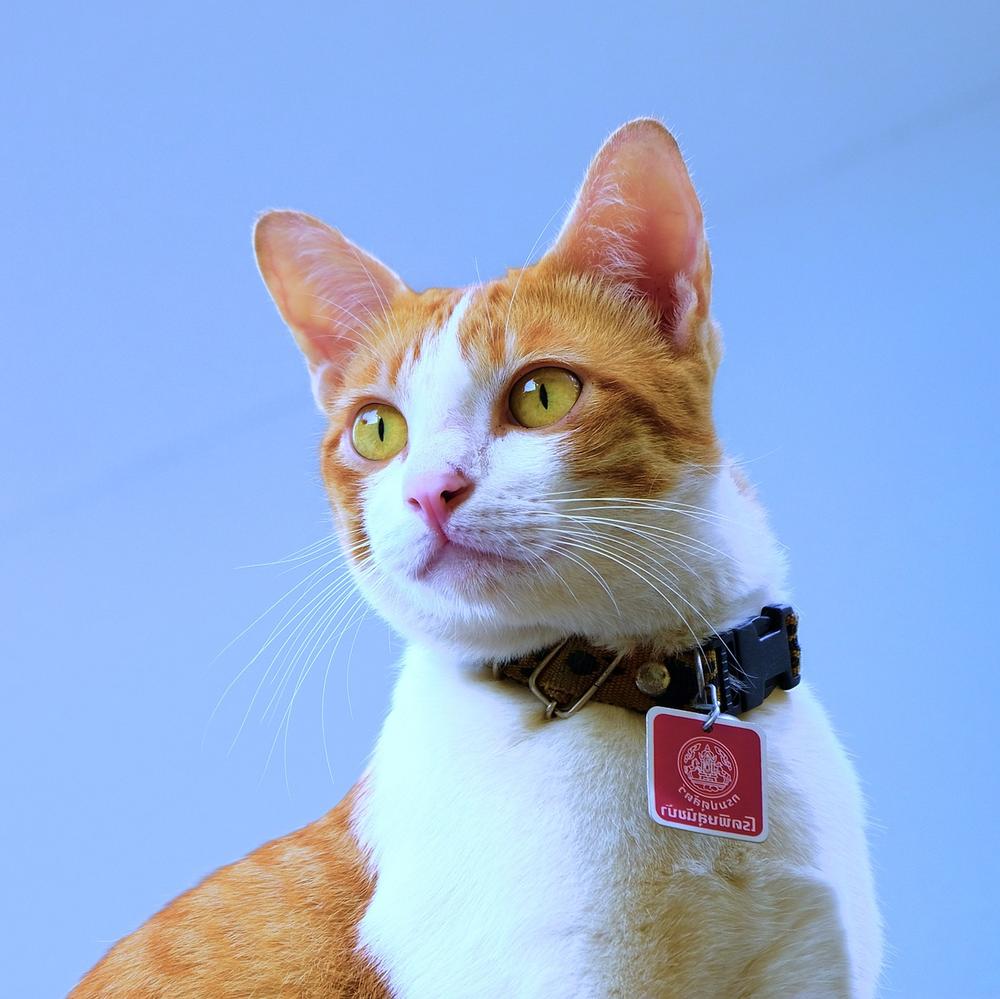
But what about the safety and comfort of your furry friend?
Let me share some important information with you.
Can Collars Harm Cats?
Collars can be dangerous for cats
Do you know that collars can actually harm your feline friends if they don't fit properly?
If a collar is too tight, it can hurt their throat or neck.
Ouch!
No one wants that to happen.
But wait, there's more!
When cats are out exploring, collars can become really risky if they get caught on something.
Imagine your precious furball getting trapped while innocently chasing butterflies.
It's not a pretty sight, right?
Not only that, some flea collars can irritate their skin and make them lose hair.
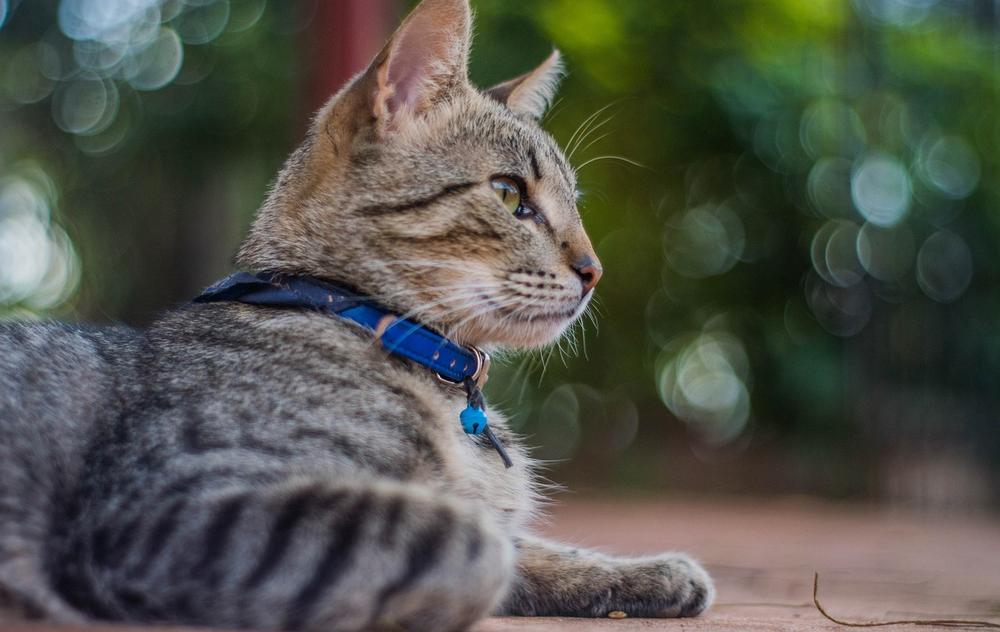
Talk about insult to injury.
That's why, my friend, it's generally safer for cats to go without collars - especially if they're not the safety-inspired breakaway kind.
Microchipping: A safer option
Instead of collars, you might want to consider microchipping as a safer way to identify your little ball of fluff.
See, unlike collars with ID tags that can easily slip off, microchips provide a more secure form of identification.
With a special scanner, professionals can easily read the information from the microchip implanted under your cat's skin.
It's like having secret agent technology right in your kitty's body!
And hey, don't forget...
If you do decide to keep a collar on your cat, ensure it fits well and is made of high-quality materials.
Watch for any signs of infections or allergic reactions, and if something doesn't seem right, consult a veterinarian.
My friend, cats should never be forced to wear collars if they can't tolerate them. It's all about their comfort and safety, after all.
And now that you know the potential risks of collars for cats, let me share with you some helpful techniques in gradually introducing and training your feline friend to wear a collar...
Training Your Cat to Accept a Collar
Training your cat to wear a collar can be tough, but don't worry, it's totally doable if you're patient and use the right techniques.
Here's what you need to know:
- First things first, take it slow. Let your cat check out the collar without actually putting it on. Let them sniff and investigate at their own pace.
- Once they seem cool with the collar being nearby, start putting it on for short periods. Gradually increase the time as they get more comfortable.
- Keep their attention away from the collar by giving them treats or toys. This way, they'll associate wearing the collar with good stuff.
- Don't rush the process. It might take about a week for your cat to fully adjust, so be patient and let them take their time.
- Pick moments when your cat is chill to introduce the collar. Praise them and give them treats to make it a positive experience.
- If your kitty doesn't like the smell or material of the collar, leave it out for a bit before trying again. This lets them get used to it.
- Make sure the collar fits properly—two fingers' worth of space between their neck and the collar is ideal. It'll be comfy for them and help with adjusting.
- Age doesn't matter! Kittens are usually more open-minded, but cats of any age can learn to love their stylish collars if introduced right.
Follow these tips and soon enough, your furry pal will rock that collar like a boss.
Do you find that your cat resists wearing a collar, no matter how patient and persistent you are with the training process? If so, don't worry—I understand your frustration.
If you're looking for answers on why your cat hates being held and if it's normal behavior, you should definitely check out my blog post, Why Does My Cat Hates Being Held.
It's a comprehensive guide that will provide you with valuable insights and helpful techniques to address this common issue.
So, go ahead and give it a read—I promise, you won't be disappointed!
Choosing the Right Collar for Your Cat
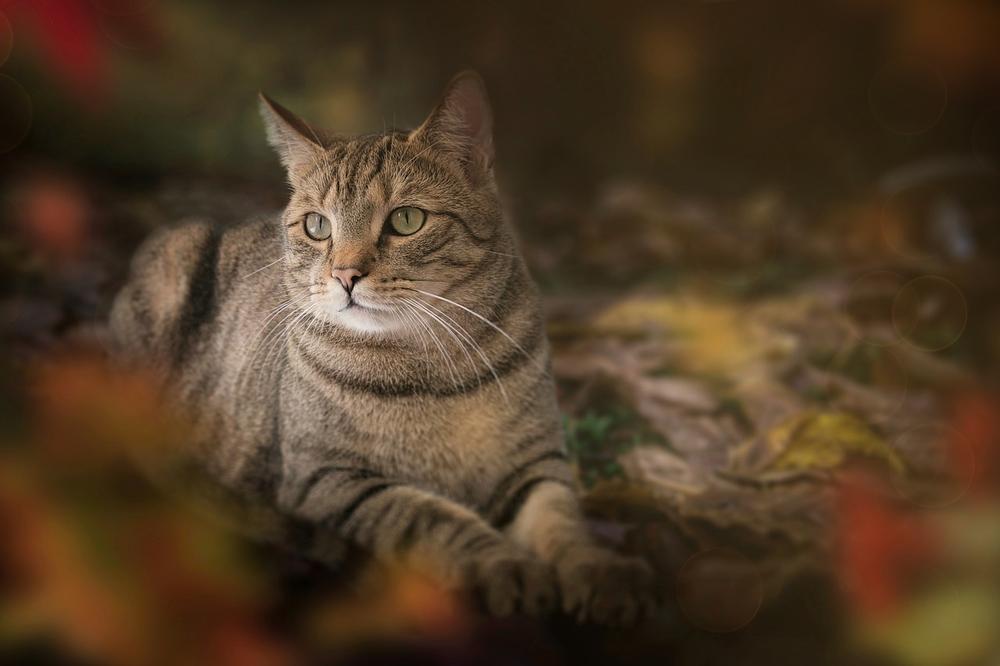
When it comes to picking a collar for your cat, there are some important things you should think about.
- It's essential to change flea collars regularly so that your furry friend is protected from those annoying bugs.
- Make sure the collar fits securely and comfortably by having only 1 or 2 fingers between it and your cat's neck. This will prevent any accidents from happening.
- Look for collars with breakaway buckles. They're harder for cats to take off, reducing the risk of choking or getting trapped.
- It's highly recommended to microchip your cat because sometimes collars can be lost or taken off.
- If you want to make your cat more visible, put bells on their collar. These not only help you find them but also discourage them from hunting small animals.
- When choosing a collar, consider your cat's lifestyle and preferences. Cats usually prefer soft and lightweight collars made from natural materials like leather or cork.
- Joining online communities like Facebook groups for cat lovers can give you extra helpful info about collar options and taking care of your cat.
Your cat can stay both safe and stylish in their outdoor escapades by utilizing these guidelines.
And that wraps up today's article.
If you wish to read more of my useful articles, I recommend you check out some of these: Why Do Cats Like Refrigerators, Why Is My Cat Obsessed With My Feet, and Can a Cat Ride in a Car Without a Carrier
Talk soon,
-Sarah Davis